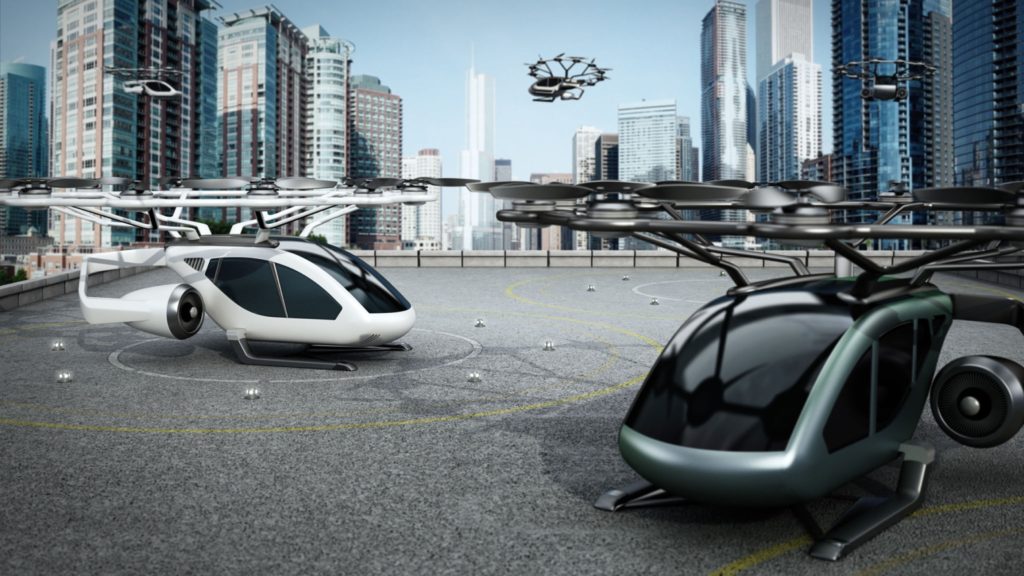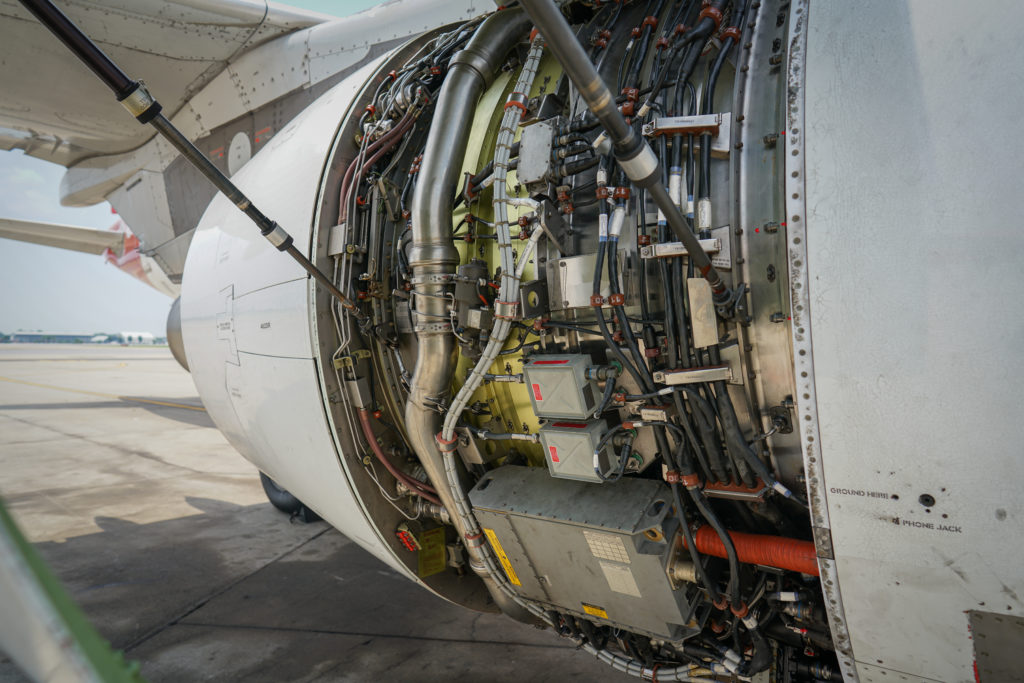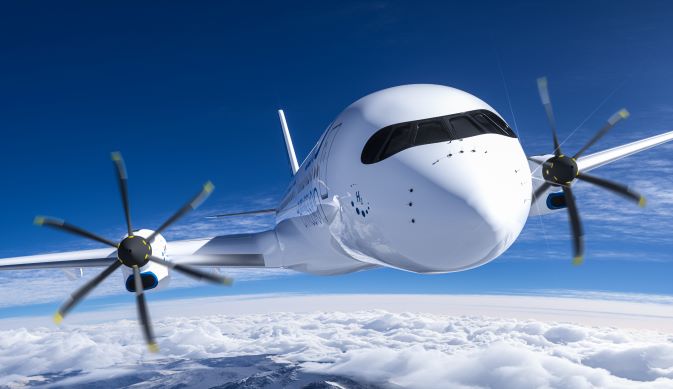All-electric aircraft and electric vertical-takeoff and landing (eVTOL) aircraft development programs have made incredible strides in the past few years. Electric aircraft are expected to play an important role in future short-hop routes, typically 250 miles or less. The world’s first all-electric passenger plane just made its maiden flight on September 27, 2022 in Moses Lake, WA. Furthermore, eVTOL aircraft have performed multiple initial flight demonstrations and have pre-orders for production deliveries from major airlines.

These developments are being watched closely because electric aircraft have the potential to provide a much more environmentally friendly travel option, as air travel accounts for approximately 3% of greenhouse gas emissions worldwide. However, battery capacity and range limits are two significant challenges that need to be overcome before you can hop a flight on an eVTOL or all-electrical aircraft, and they really are tied to the same issue… the heavier the aircraft, the fewer passengers it can carry and the shorter the distance it can fly.
The weight of the batteries is currently a very significant portion of the prototype electric aircraft. For example, one electric aircraft in development has 3.5 tons of battery on-board. Battery technology will most definitely need to improve before all-electric aircraft can shed weight and really take off, but wiring is another area of focus. As electrical systems in the aircraft become more sophisticated and data-centric networks are deployed on the platforms, wiring is needed to connect all of those sensors and systems.
This means that wiring ends up being 1-2% of the empty weight of today’s aircraft, and the cable distances are tremendous. The Boeing 787 has between 60 and 70 miles of wiring, which is actually 25 miles less than the Boeing 767! Replacing heavy copper cables with much lighter weight fiber cables is an excellent option for aircraft wiring harnesses, and system engineers know the obvious benefits of weight savings of fiber cables versus copper cables. Yet, there are further hidden benefits of fiber in a flight environment that can shed even more weight and may just be enough to bring all electric aircraft and eVTOL aircraft into mainstream operation.
Minimizing Overdesign
Safety is of utmost importance in aircraft system design, as it should be. The systems are designed to work in the worst-case situations and often include margin beyond that for added safety. Overdesign of electrical harnesses occurs due to derating requirements in the risk-adverse design environment, which leads to potentially unnecessary increases in wiring harness weight. Harness weight is driven by worst-case current loading conditions, assuming all wires are operating at max current even though the wiring is rarely being used simultaneously. Additionally, as the number of wires increases in the harness bundle, the larger the thermal issues become under worst case loading, which leads to even larger wire sizes and weight to meet derating requirements. Moving to optical fiber for the communications, data, and control signals would have the double benefit of reducing weight and size along with reducing the additional weight due to using larger wires for current loading effects without compromising safety or functionality.

Improving Performance
Electrical harnesses require significant shielding to maintain signal integrity in a high electromagnetic interference (EMI) environment. Newer aircraft are including more bus-level and network architectures for flight management systems and higher resolution displays in the cockpit. This has driven data rates to increase significantly from 10 Mbps to 10 Gbps, which poses a challenge for the copper cables connecting the system. As data rates increase, susceptibility to EMI increases further, requiring thicker, more robust shielding. This shielding then adds additional weight and size to the copper cables. Optical fiber is inherently immune to EMI, so there is no need to add more shielding as the bandwidth increases. The same fiber can be used for 1 Mbps or 1 Tbps, so there is again a double benefit of the reduced weight of the fiber cable compared to copper. Plus, there is no additional size and weight penalty for the added shielding when moving to higher bandwidth solutions.
Maximizing Flexibility
Routing of wiring in an aircraft can be a big engineering challenge with copper cables. The distances should ideally be as short as possible to reduce weight and get the best signal integrity, which becomes a greater challenge at higher data rates. Additionally, copper wiring needs to be sensitive to the impacts from radar systems, other signal cables in the bundle, and power distribution cables, as these can all lead to EMI issues. Fiber cabling removes many of these challenges because the EMI-immune fiber cables can support 100-1000 meter distances at 10+ Gbps, so wiring flexibility is maximized for the system designers. They can choose a longer cable run that minimizes bulkhead connectors to save on connector weight, or they could do a shorter run past an electrically noisy subsystem that wouldn’t be possible with a copper cable. Fiber cables are easy to route during installation, as the cables diameters are small and the bend radii of modern bend-insensitive fibers allows for tight curves, especially when compared with that of a large bundle of shielded copper wires – around 7mm, vs many copper cables having a bend radius of 25mm! Optical fibers also do not create ground loops that can cause signal integrity issues in the system, which can be very difficult and time-consuming to track down. These hidden benefits not only reduce the weight, but can also reduce the design time and number of design cycles so that the next generations of all-electrical and eVTOL aircraft can move more rapidly through flight qualification, allowing these efficient and environmentally friendly aircraft to become common options in our everyday lives.

